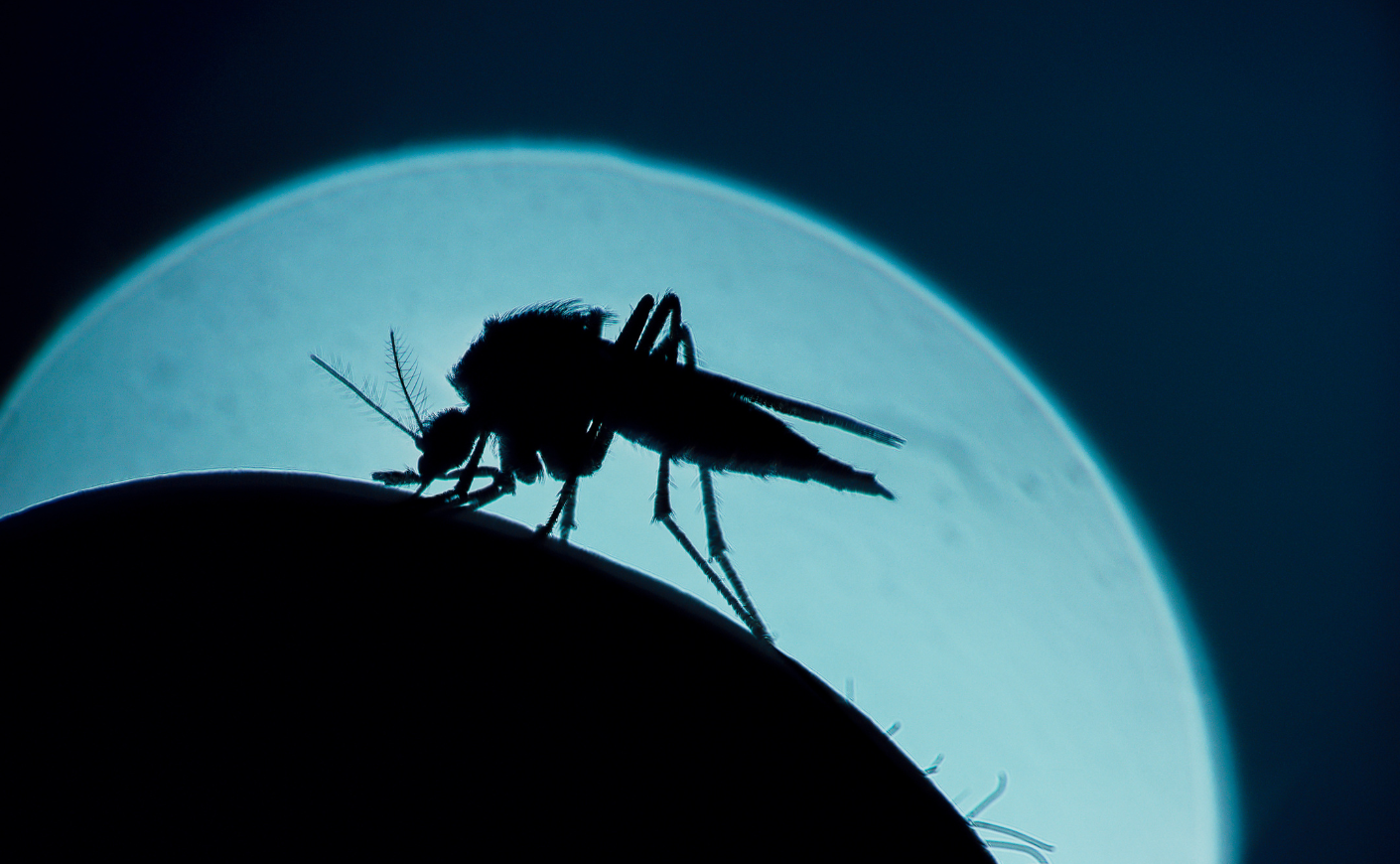In 1951, malaria was considered eradicated in the U.S., wiped out by the newly formed Centers for Disease Control. But recently, five locally transmitted cases have been reported in the South. Here’s the latest on the situation — and a look at how worried we should be about a resurgence.
Where has malaria been found in the U.S.?
Although malaria was eliminated domestically decades ago, that doesn’t mean it’s completely disappeared here. Each year, there are about 2,000 cases reported in the U.S., but in almost all of them, the patient was bitten by an infected mosquito while traveling abroad.
What’s rare about the cluster of cases reported recently by the CDC is that none of the five people who became ill had traveled out of the country — or even out of their own state. What likely happened, experts suspect, is that mosquitoes buzzing around the U.S. picked up the infection by biting a tourist or someone else carrying it in their blood and passed it along. (The last time a local transmission was documented was in 2003, when eight cases were reported in Palm Beach County, Florida.)
So where, exactly, have these cases popped up in 2023?
According to the CDC, four people in Sarasota County, Florida, and one person in Cameron County, Texas, have come down with malaria within the past two months. (They’ve all received treatment and are recovering.) In both regions, the agency is busy spraying insecticide and analyzing mosquitoes to see if they carry the parasites which cause malaria.
“If there are five cases right now, that means there’s going to be a lot more mosquitoes out there that are infected,” Ross Boyce, M.D., a physician and professor at the University of North Carolina, who runs a malaria research program, tells Wired. “And there may even be more people that are infected than we know at this point.”
Even still, it’s unlikely that we’re on the verge of a widespread outbreak. Despite these cases, the “risk of locally acquired malaria remains extremely low,” the CDC said.
What are the symptoms of malaria?
Because the disease is so uncommon here, some experts are concerned that doctors won’t recognize it or may even write it off as a common flu. The symptoms are similar, including a fever, chills, and body aches. That’s why the CDC is urging physicians to consider malaria as a possible diagnosis, even if a patient hasn’t recently left the country.
According to the agency, all five recent cases were caused by the parasite Plasmodium vivax, which leads to a less lethal form of malaria. However, it has a downside: Vivax is capable of lying dormant in the body, and when it’s not active it won’t register on blood tests, allowing someone who may not even feel sick to potentially spread it to others. It can also cause a “relapsing fever,” Catherine Troisi, an infectious disease epidemiologist told PBS NewsHour.
“So it seems like you’re getting better, and then you have symptoms again,” she says.
How to protect yourself
The CDC recommends using insect repellent and wearing long pants and long sleeves if you’ll be out and about in the muggy weather. (One of our favorites is made by Kinfield, which has somehow cracked the code on making bug spray that actually smells good.) If you don’t have them already, consider installing window screens to keep bugs outside your home. If you’re planning to travel to a country where malaria is common, talk to your doctor about preventative treatments. And if you’ve developed flu-like symptoms after returning from a trip, seek medical care.









